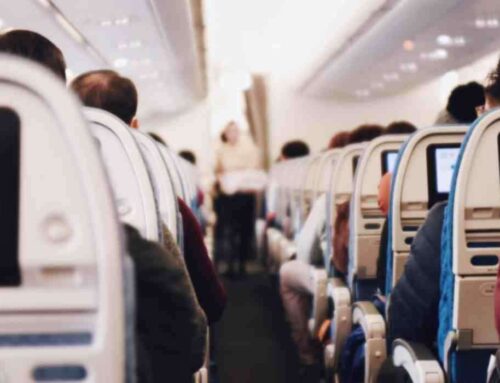The Alaska-Hawaiian Airlines Merger and What It Means for Your Next Flight
In an exciting twist in the airline industry, Alaska Airlines is set to acquire Hawaiian Airlines. This deal, with a whopping value of $1.9 billion including debts, has sent ripples through the market and is stirring up quite the conversation about the future of air travel, especially for those jetting off to Hawaii or traversing the West Coast.
The Stock Market’s Reaction The announcement had an immediate impact on the stock market. Hawaiian Holdings’ shares saw a dramatic surge, nearly tripling, although they didn’t quite reach Alaska’s generous offer of $18 per share. Conversely, Alaska Air Group witnessed a 14% dip in its shares. This move is seen as a potential lifeline for Hawaiian Airlines, which has faced its share of turbulence recently, including the aftermath of Maui’s wildfires and some tech hiccups with their Airbus SE planes.
What’s in Store for the Airlines? Alaska plans to keep the individual charm of both brands alive while combining operations under one umbrella. Together, the airlines boast a fleet of 365 planes, promising to connect passengers to 138 destinations directly, and over 1,200 more through the Oneworld Alliance. Honolulu is pegged to become a central hub, paving the way for more comprehensive service offerings, especially for Hawaiian residents.

The Financial Angle The merger is more than just a change in airline aesthetics; it’s a financial chess move. It’s projected to bring in over $235 million in synergies within the next two years for Alaska Airlines. This expansion isn’t just about growing bigger; it’s about growing smarter, with more travel options and better connectivity.
Navigating Regulatory Skies It’s not all clear skies ahead, though. The U.S. Department of Justice, with a keen eye on maintaining healthy competition in the skies, is yet to give the green light. There’s also the matter of getting a nod of approval from Hawaiian Holdings’ shareholders. Given the DOJ’s recent history with airline mergers, there’s a hint of suspense in the air about the final outcome.
Travelers, Buckle Up! For Bay Area globetrotters and beyond, this merger brings a mixed bag of expectations. There’s understandable concern about potential fare hikes, but industry insiders suggest that the cut-throat competition among airlines could keep prices in check. The merger might even encourage other airlines to spread their wings further into Hawaiian skies, potentially bringing fares down.
Green Goals and Job Prospects Both airlines are flying high with their commitment to the environment. Alaska Airlines is on a mission to achieve net zero emissions by 2040. On the job front, the merger is expected to buoy union-represented jobs in Hawaii, offering a sunny outlook for local employment.
Rewards for Frequent Flyers For those who love racking up miles, the merger promises an expanded loyalty program. This means more perks, more lounges, and a broader horizon to earn and burn those miles, especially with the added advantage of the Oneworld Alliance.
The Road Ahead For now, things at Alaska and Hawaiian are business as usual. The merger, subject to approvals, might take about 12 to 18 months to complete. So, if you’ve got travel plans, rest easy; the skies aren’t changing just yet.
Closing Thoughts This merger isn’t just a business transaction; it’s a transformative moment for the airline industry, combining the strengths of two major players. It promises expanded services and exciting rewards for customers, but it also must navigate the complexities of regulatory approvals and market competition. As the story unfolds, all eyes are on this high-flying alliance and its potential to redefine air travel for millions.

























